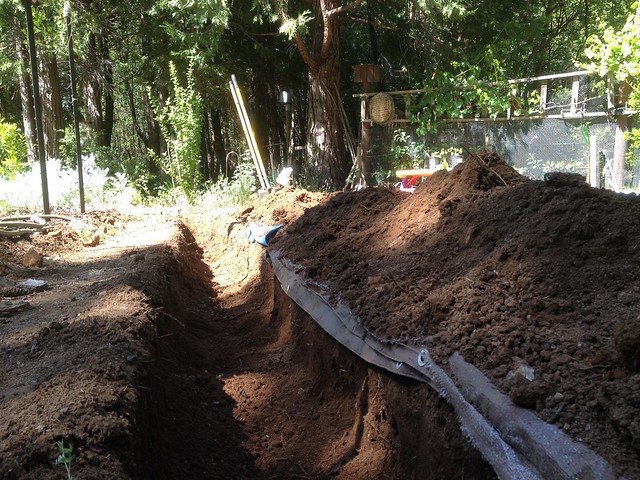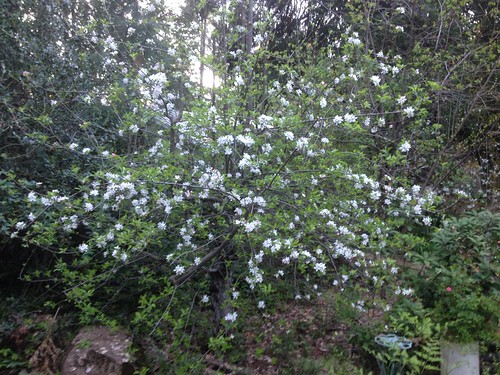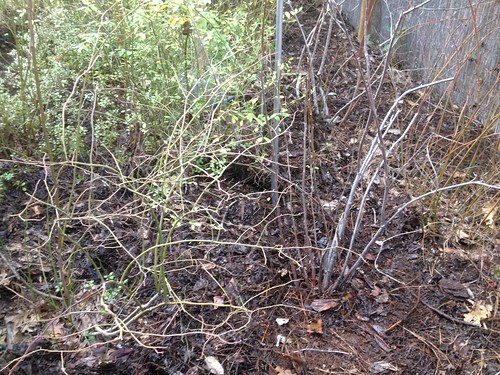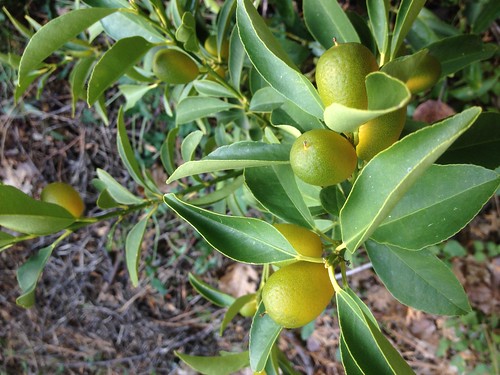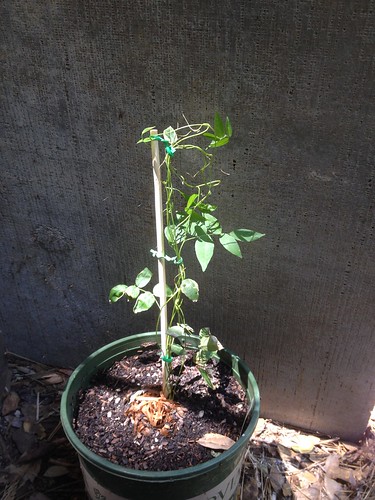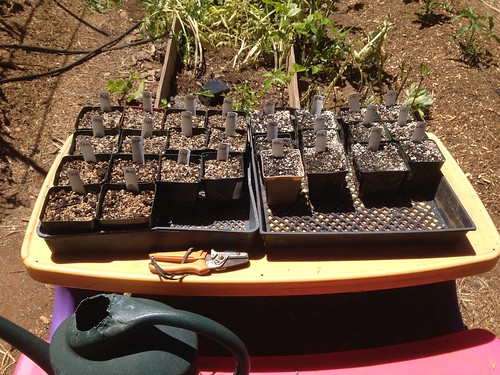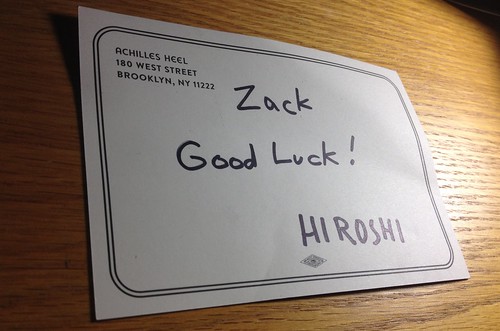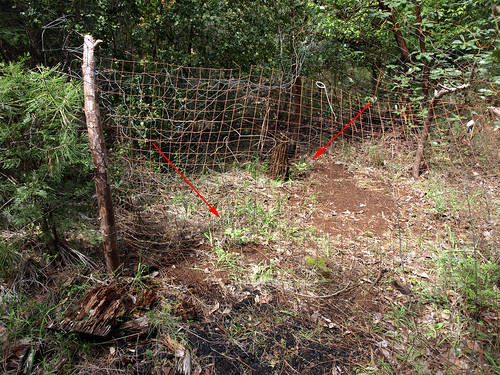Spent the last few weekends double digging the garden beds, and planted out the summer annuals. Double digging is the process of creating deep soils by removing a bunch of dirt from a bed, breaking up the soil at the bottom – I also incorporated some manure – and then piling the soil back on top. I’ve been experiencing a slow decline in yields from the garden proper, I think because the whole thing has become choked with roots from the surrounding trees. Due to the ongoing drought, I’m scaling back my annual beds this year, so I’m focusing on better yields from fewer plants.
-
Recent Posts
Recent Comments
- Planting Native – A New Forest Plot | food|forest|garden on Tree Project Project – New Seeds, and Ginkgos in the Ground
- admin on Future Mushrooms
- admin on About
- admin on About
- admin on About
Resources and Inspiration
Bootjack Garden
FLC Seed Library
Scaling the Peak
jasontoal.ca
Florida Survival Gardening
Forest Gardening SubredditTag Cloud
allium annuals beans bear bees biochar blueberries butterfly compost cover crop diversity elderberry elephant garlic fauna felix gillet fig flowers food forest fruit garlic grapes hugelculture hugelkultur insects native plants natives onions peppers perennials permaculture pests plum pomegranate potatoes propagation quince raised beds rhubarb seeds shallots tomatoes tubers unusual Vegetables weatherArchives
- January 2018
- April 2017
- February 2017
- January 2017
- September 2016
- July 2016
- May 2016
- April 2016
- February 2016
- January 2016
- September 2015
- July 2015
- June 2015
- May 2015
- April 2015
- February 2015
- January 2015
- December 2014
- June 2014
- April 2014
- March 2014
- February 2014
- January 2014
- December 2013
- October 2013
- August 2013
- July 2013
- June 2013
- April 2013
- March 2013
- February 2013
- January 2013
- December 2012
- November 2012
- October 2012
- September 2012
- August 2012
- July 2012
- June 2012
- May 2012
- April 2012
- March 2012
- February 2012
- January 2012
- December 2011
- November 2011
- October 2011
- September 2011
- August 2011
- July 2011
- June 2011
- May 2011
Meta
-

All images and text licensed under a Creative Commons Attribution-NonCommercial-ShareAlike 3.0 Unported License Support the commons!

